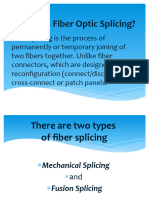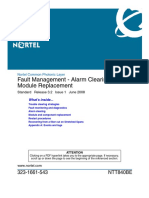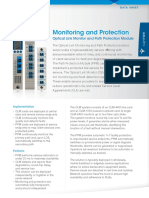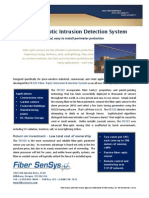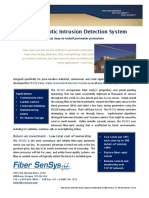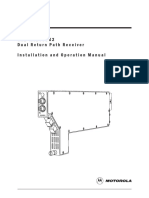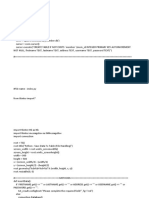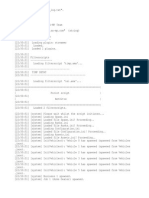0% found this document useful (0 votes)
97 views2 pagesFiber Sentinel System
The Fiber Sentinel System by Opterna automatically identifies and characterizes nine types of optical events to provide continuous monitoring of fiber optic networks. It detects signal variations or intrusions and instantly isolates the affected path and reroutes traffic to prevent data threats while notifying administrators.
Uploaded by
auancasaCopyright
© © All Rights Reserved
We take content rights seriously. If you suspect this is your content, claim it here.
Available Formats
Download as DOC, PDF, TXT or read online on Scribd
0% found this document useful (0 votes)
97 views2 pagesFiber Sentinel System
The Fiber Sentinel System by Opterna automatically identifies and characterizes nine types of optical events to provide continuous monitoring of fiber optic networks. It detects signal variations or intrusions and instantly isolates the affected path and reroutes traffic to prevent data threats while notifying administrators.
Uploaded by
auancasaCopyright
© © All Rights Reserved
We take content rights seriously. If you suspect this is your content, claim it here.
Available Formats
Download as DOC, PDF, TXT or read online on Scribd
/ 2

























